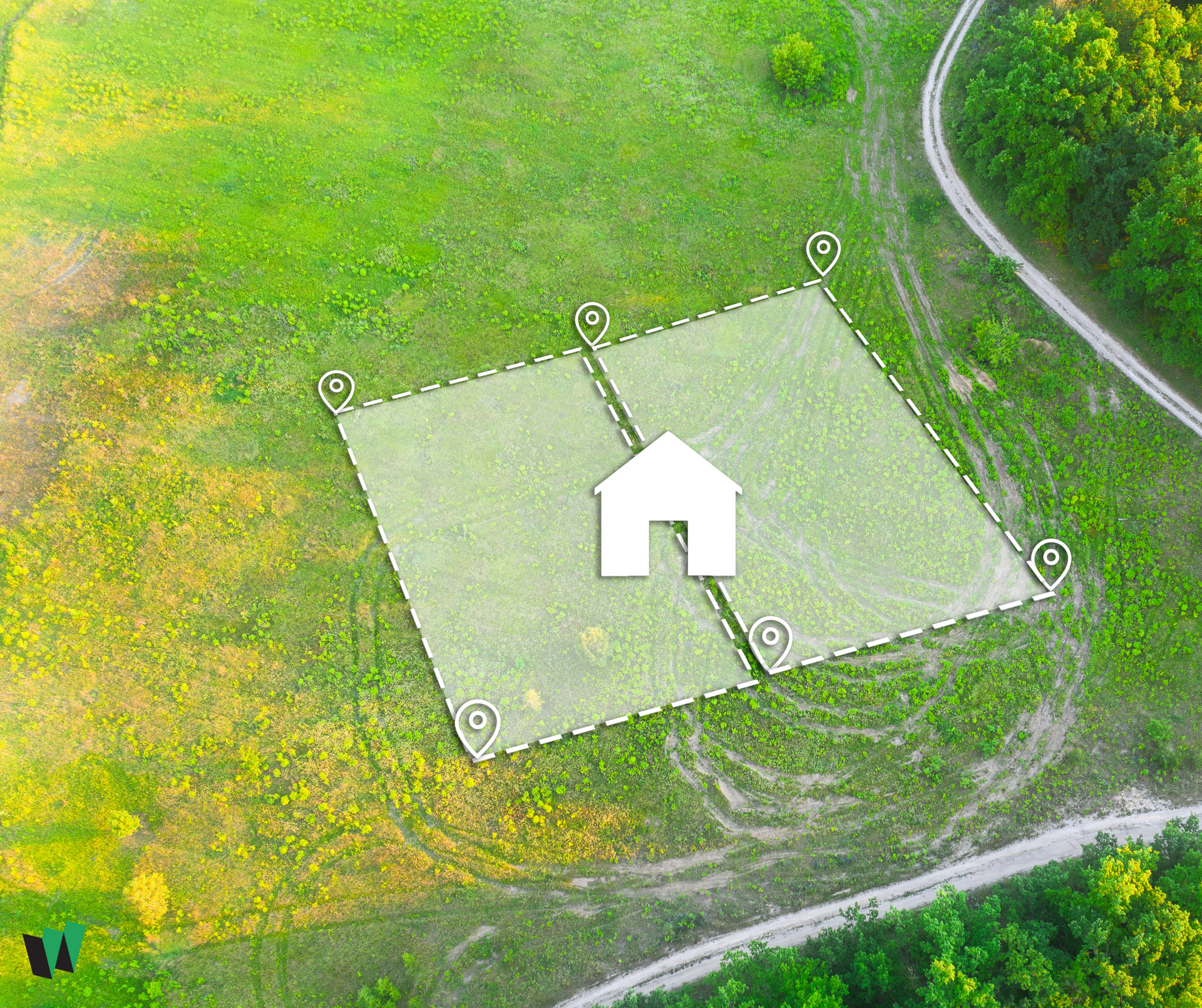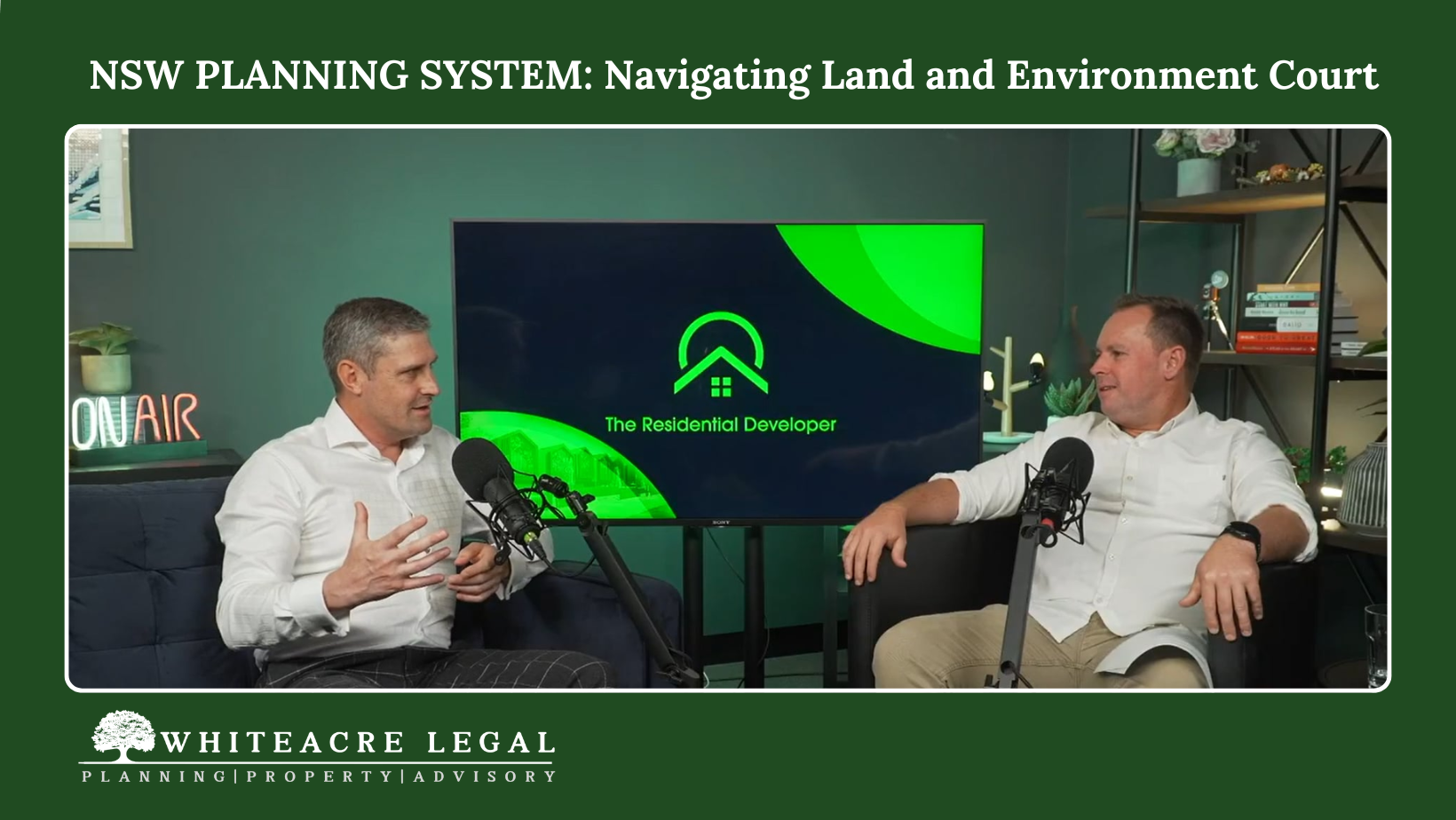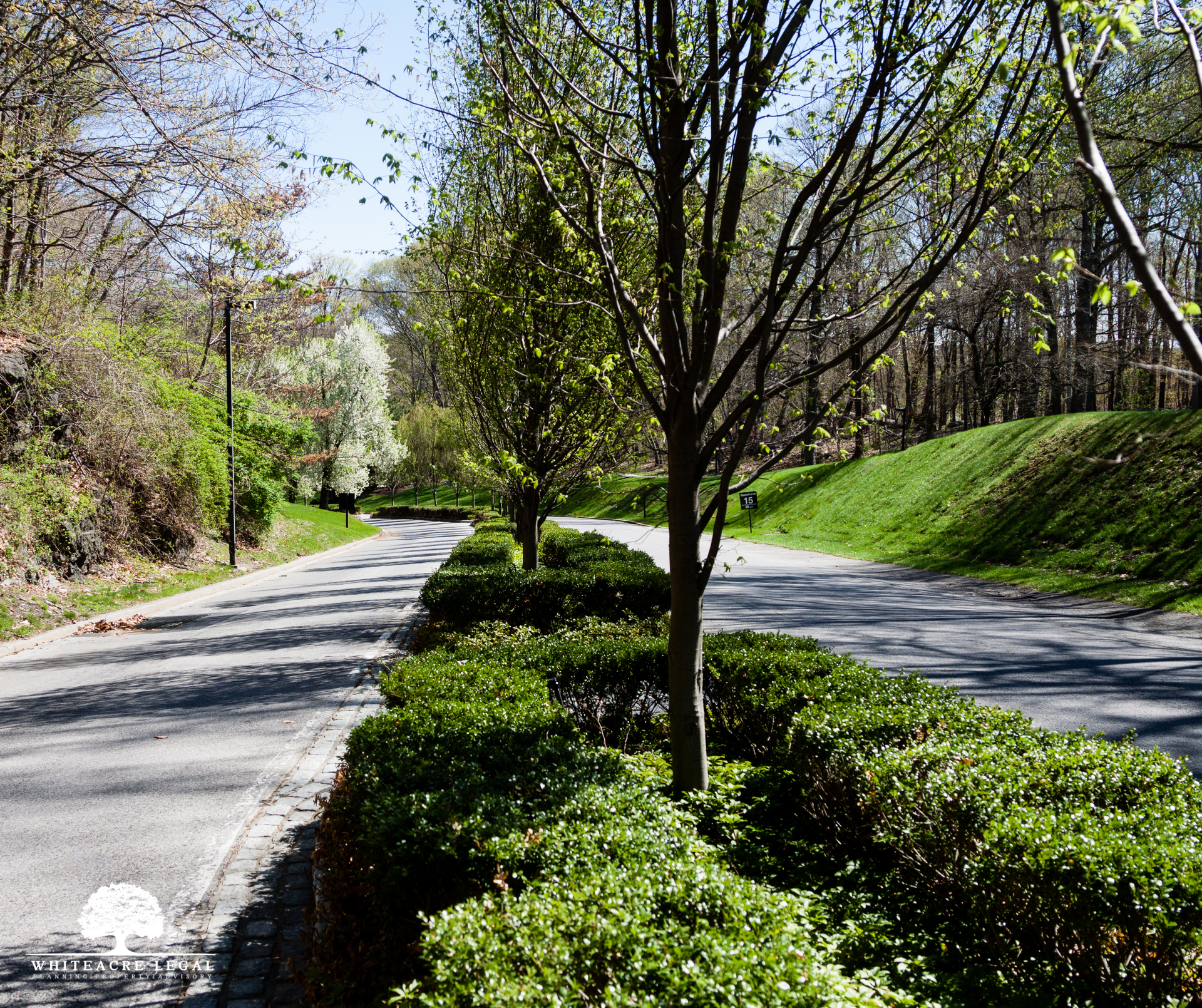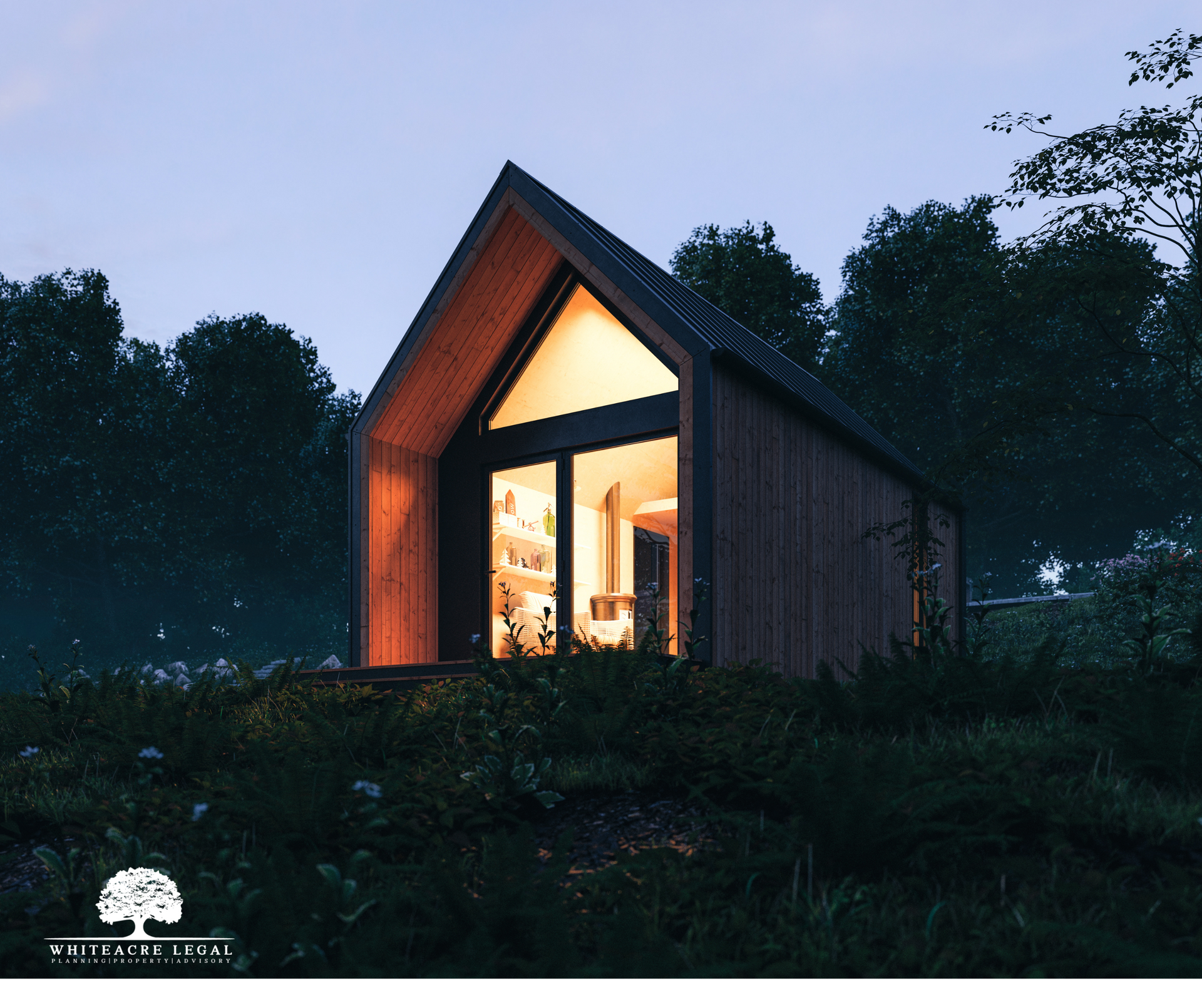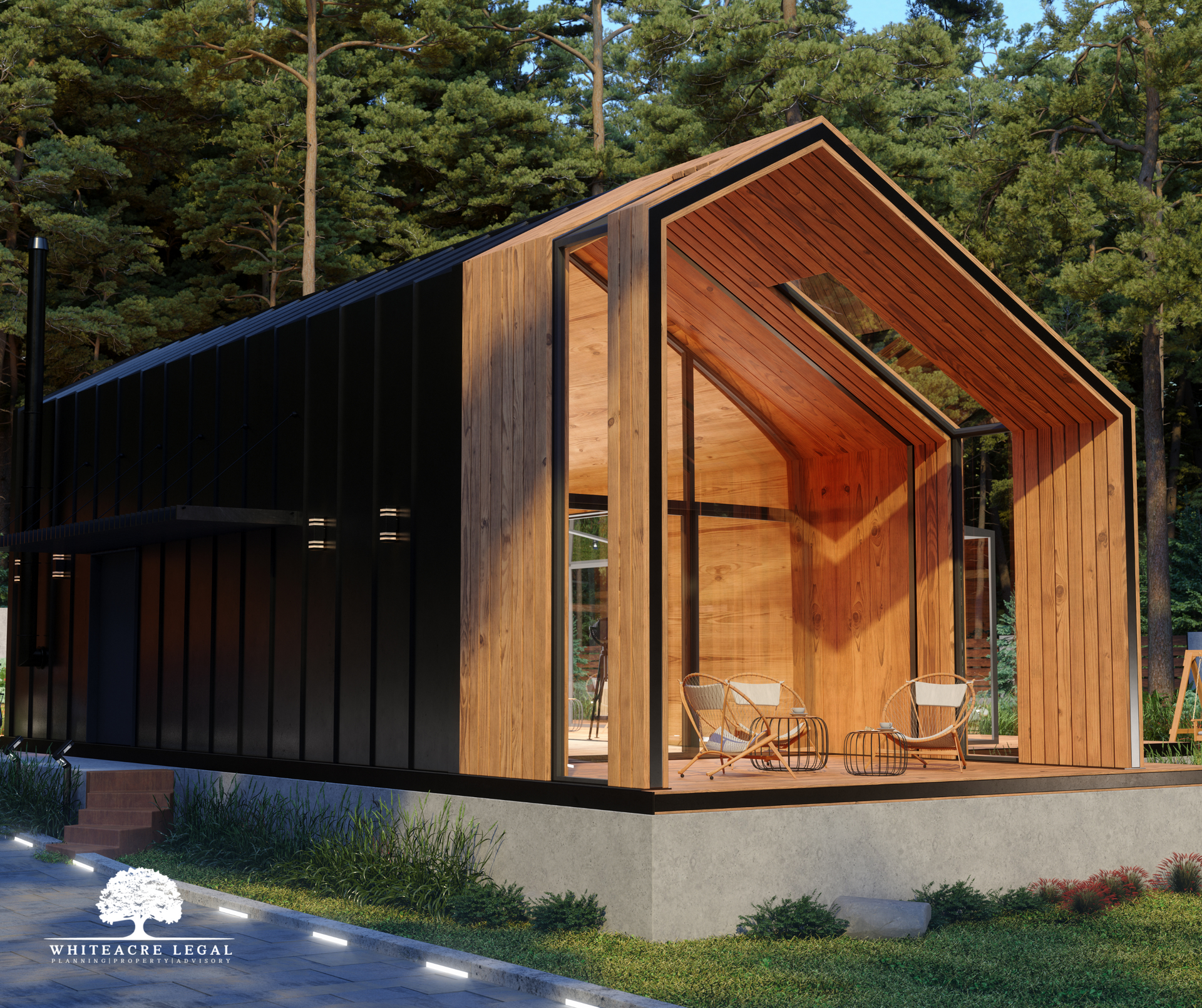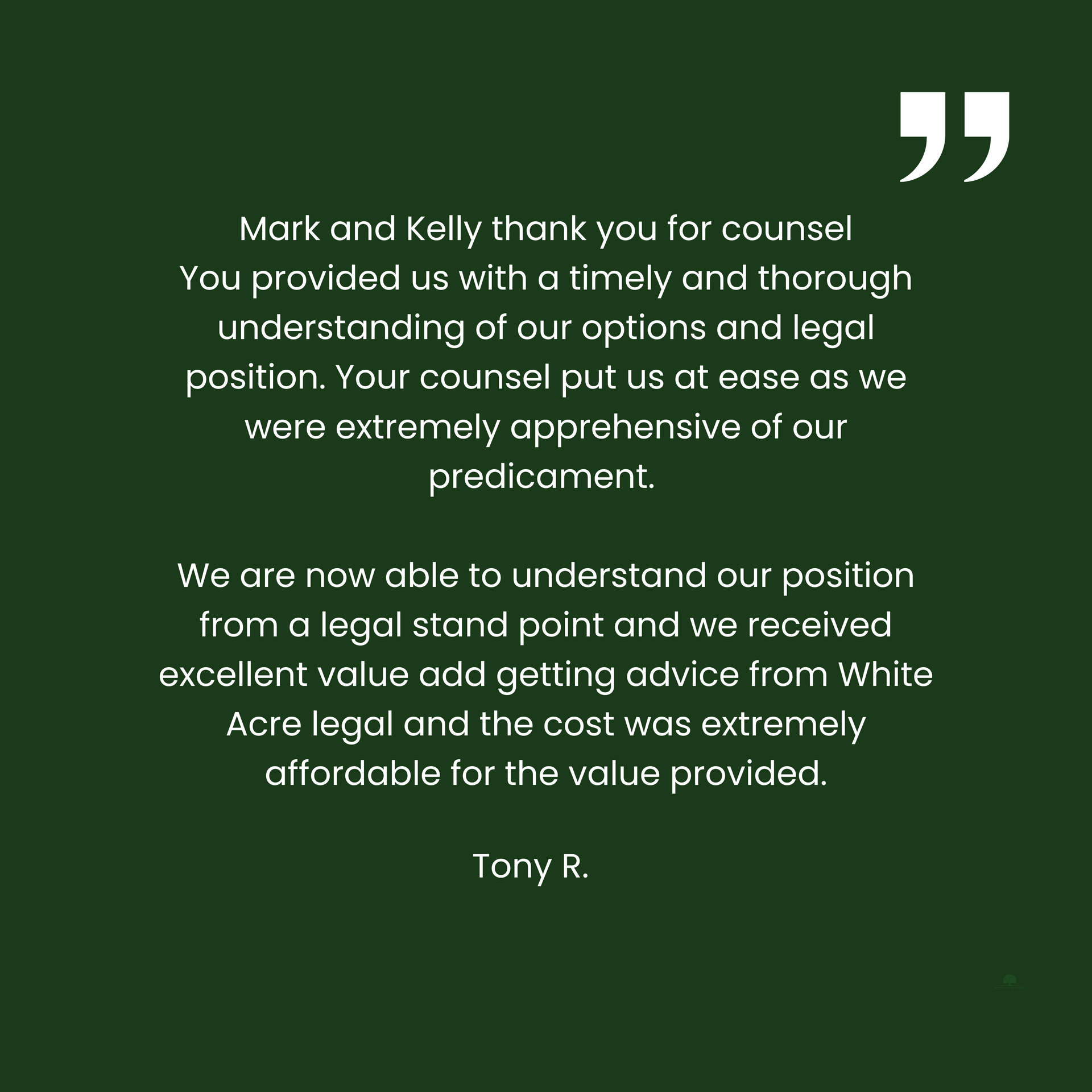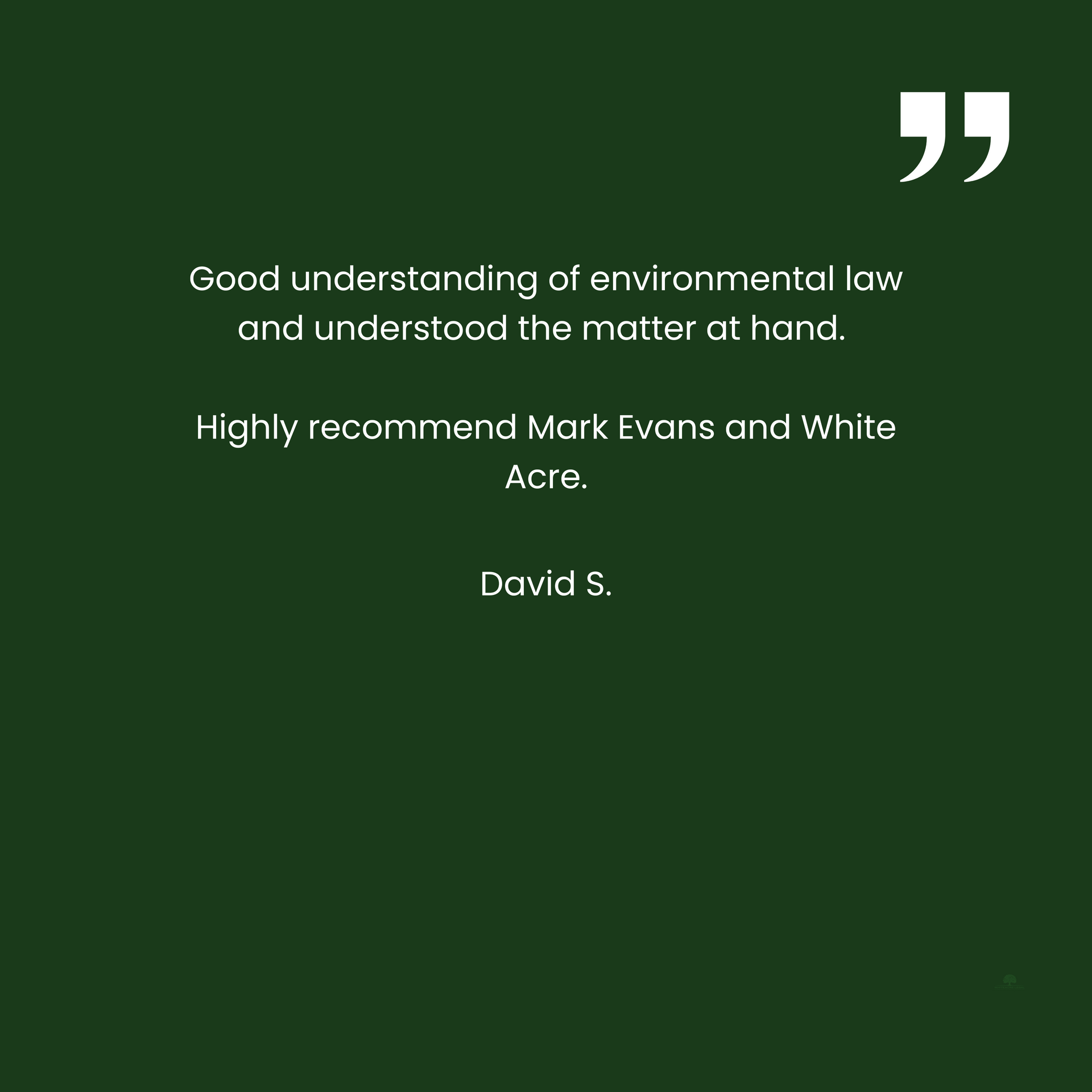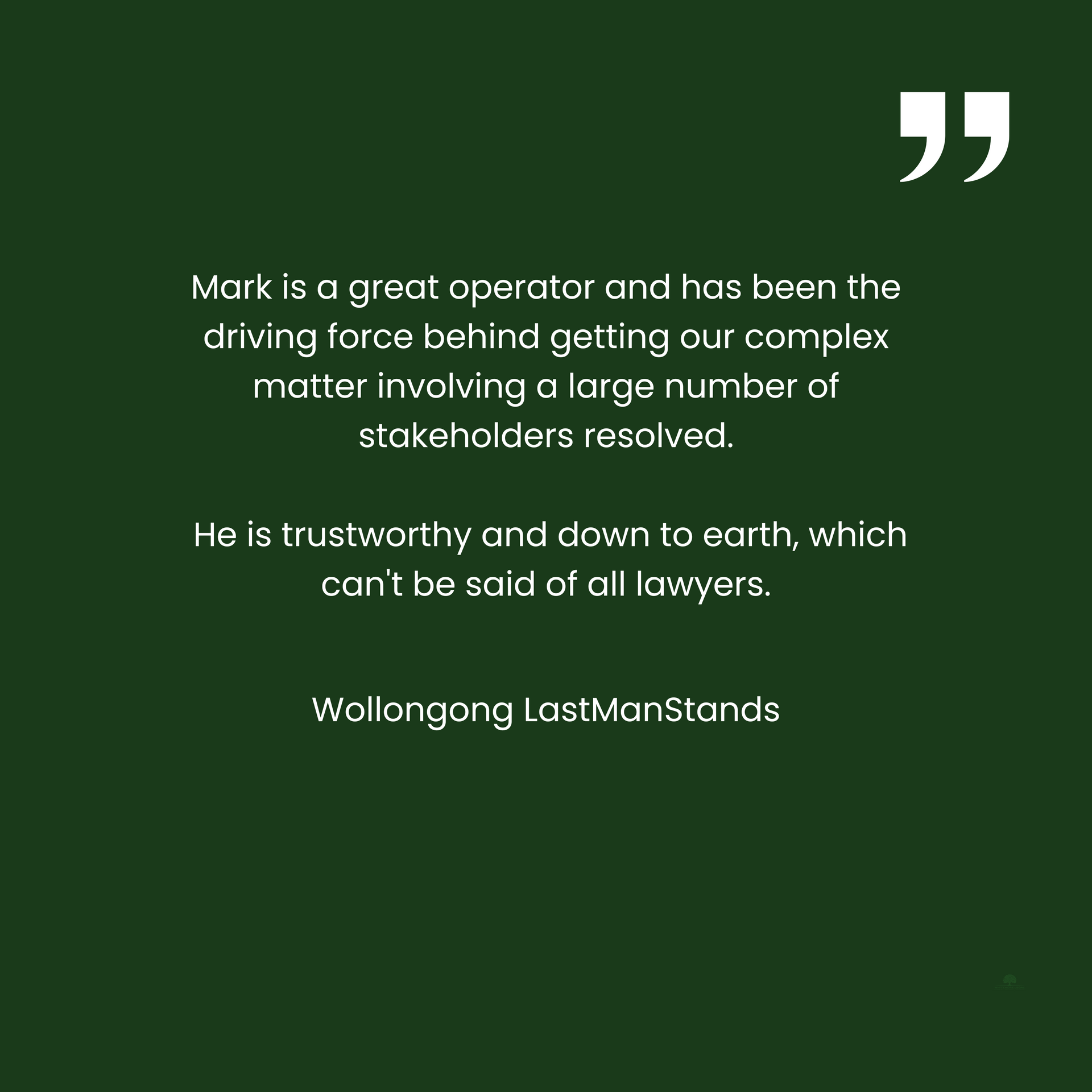Characterisation of Use in Planning Law
This article discusses the characterisation of land use in NSW planning law.
Accurate characterisation of development is important in planning because zoning provisions in planning instruments like local environmental plans, specify uses that are permissible without consent, permissible with development consent, or prohibited. Determining the purpose of a proposed or existing use is essential to understand which of these categories it falls within.
Introduction
It is well established that characterisation is a matter of fact, often involving an evaluative judgment: Baulkham Hills Shire Council v O’Donnell (1990) 69 LGRA 404 per Meagher JA at 409.
When considering the character of a development, the focus is usually on the dominant purpose: Foodbarn v Solicitor-General (1975) 32 LGRA 157. However, a particular purpose may involve multiple activities or uses, potentially falling into more than one category simultaneously. For example, a simple farming enterprise on rural land may include growing crops (horticulture), raising cattle (agriculture), a shed for processing crops (agricultural produce industry), and the farm homestead (dwelling house).
Characterisation of land use can be complex, and the following case law provides examples to help clarify the relevant considerations.
Case Law
Foodbarn v Solicitor-General (1975) 32 LGRA 157
Franklin’s Stores Pty Ltd (Franklins), a supermarket operator, sought to restrain the use of Foodbarn’s buildings as shops for “selling … by retail”.
Holland J of the Supreme Court of NSW granted injunctions against Foodbarn and their licensees, preventing them from selling products to retail customers. Foodbarn appealed to the New South Wales Court of Appeal.
The Foodbarn buildings were in light industrial zones, where the relevant planning ordinances prohibited the use of buildings for “shops” but permitted warehouses for “the storage of goods… pending their sale and distribution.”
The question was whether the buildings were used as “shops” or “warehouses.”
Franklins argued that the buildings were “shops” because items were being sold directly to retail customers. The premises were used for selling foodstuffs, with aisles, shelves, and refrigeration cabinets for customer access. The focus, however, was on wholesale trade, with bulk buying discounts for clubs, caterers, shopkeepers, etc.
Holland J, at first instance, agreed with Franklins, ruling that the premises were “shops” and thus prohibited. Foodbarn appealed.
Decision
Glass JA (with Samuels and Hutley JJA agreeing) held that the definition of a shop does not require selling to be the sole purpose and that multiple purposes operating independently make the dominant purpose irrelevant. The appeal was dismissed, and using the premises for direct retail sales was deemed impermissible.
Consideration
Glass JA held at p.161:
“It may be deduced that where a part of the premises is used for a purpose which is subordinate to the purpose which inspires the use of another part, it is legitimate to disregard the former and to treat the dominant purpose as that for which the whole is being used.”
However, where a secondary purpose, which is prohibited, operates independently and not merely incidentally, its being overshadowed by a dominant use is immaterial.
In a frequently cited paragraph, Glass JA at 161 held:
“Where the whole of the premises is used for two or more purposes none of which subserves the others, it is, in my opinion, irrelevant to inquire which of the multiple purposes is dominant. If any one purpose operating in a way which is independent and not merely incidental to other purposes is prohibited, it is immaterial that it may be overshadowed by the others whether in terms of income generated, space occupied or ratio of staff engaged.”
The Court of Appeal found that the use of the premises for the direct sale to retail customers operated independently and was not “subsumed” within the dominant purpose of a warehouse and that Foodbarn’s premises were being used for a shop.
Key Takeaways:
- Common sense is crucial in defining use. The practical operation of the premises matters more than labels used.
- If a part of the premises serves a purpose subordinate to another, the latter may be treated as the dominant purpose.
- However, if two purposes operate independently and one is prohibited, determining the dominant purpose is irrelevant.
Baulkham Hills Shire Council v O’Donnell (1990) 69 LGRA 404
Facts
This case involved land used for soil and sand extraction and as a riding school (the Land). The Council sought to stop extraction activities, but Mrs. O’Donnell claimed an existing use right.
The Environmental Planning and Assessment Act 1979, s 109(1), permitted continued land use for lawful purposes before any environmental planning instrument was introduced. However, this did not authorise any alteration or extension of that use.
Before development consent provisions were enacted, the Land had been used for commercial sand and soil extraction. From 1976 to 1985, the Council granted renewable consent for sand removal. Mrs. O’Donnell requested consent for safety reasons and to construct waterholes for horses.
Bignold J of the NSW Land and Environment Court dismissed the Council’s application to stop soil removal, finding an existing use right. The Council appealed.
Decision
Meagher JA (with Samuels AP and Clarke JA agreeing) held that Mrs. O’Donnell had existing use rights under s 109 of the Environmental Planning and Assessment Act 1979 to continue using the Land for commercial extraction. The soil extraction was not ancillary to the riding school but was an independent use.
Consideration
Ancillary Use
The Council argued that soil extraction was ancillary to the riding school use of the land, relying on Foodbarn v Solicitor-General (1975) 32 LGRA 157. Meagher JA disagreed, finding that both uses coexisted and that neither was dominant or ancillary. The motivation to extract soil for the riding school did not make it an ancillary use. Characterisation of use is a matter of fact and degree.
Meagher JA outlined that the characterisation of use involves an evaluative judgement and, at p. 409-410, that:
When one use of the land is by reason of its nature and extent capable of being an independent use it is not deprived of that quality because it is “ancillary to”, or related to, or interdependent with, another use.
Extent of Use
Meagher JA dismissed the Council’s claim that existing use rights related solely to the extraction of soil, and not sand. Applying Royal Agricultural Society v Sydney City Council (1987) 61 LGRA 305, both uses were considered part of the same genus as extractive industries.
For these reasons, Meagher JA found an existing use right and dismissed the Council’s appeal at 414.
Key Takeaways:
- Related uses may be ancillary or independent.
- The characterisation of use is one of fact, often involving an evaluative judgment.
- Multiple independent uses can coexist on the same land without one being ancillary to the other.
Chamwell Pty Limited v Strathfield Council [2007] NSWLEC 114
Facts
Chamwell Pty Ltd (Chamwell) sought approval for the erection and use of a building for a supermarket and multi-dwelling housing. Strathfield Council refused the application and Chamwell appealed to the NSW Land and Environment Court.
The development site was spread over several different zonings. ‘Multiple unit housing’ and ‘roads’ were permissible on part of the development site (zoned “2B Residential”). Supermarkets and shops were prohibited in the 2B Residential zone. The rest of the development site was zoned “Business General”, which permitted shops or supermarkets.
The proposed supermarket, stockroom, and loading dock were in the area zoned Business General. However, some of the associated carpark, pedestrian ramp, and forecourt for the supermarket extended into the 2B Residential zone where shops were not permissible. Council contended that the use of the carpark, pedestrian ramp and forecourt was for the purpose of a ‘shop’, which was prohibited. They argued the development consent could not be granted.
Chamwell argued that the use of that part of the building (carparking and forecourt) located in the 2B Residential zone could be appropriately characterised as ‘roads’, which was permissible in the zone and therefore development consent should be granted.
Decision
Preston CJ of the NSW Land and Environment Court held that the development in the residential zone was for the purpose of a shop, not roads, making the proposed development invalid.
Consideration
Purpose
In planning law, use must serve a purpose: Shire of Perth v O’Keefe (1964) 110 CLR 529 at 534-535. Multiple uses can serve a single purpose. For example, a supermarket may include a shop, carpark, delivery depot, and vegetable sorting area, all subsumed under the purpose of the supermarket: Shire of Perth v O’Keefe (1964) 110 CLR 529 at 534-535.
In this case, the carpark, accessways, and forecourt enabled the supermarket's purpose. It is incorrect to separately characterise these elements when they are part of an integrated whole. The use of the carpark and forecourt in the 2B Residential zone could not be characterised as “roads” because they were part of the broader use as a supermarket.
Commingling activities
Characterisation should be done at a necessary level of generality to cover all activities, transactions, or processes: Royal Agricultural Society of NSW v Sydney City Council (1987) 61 LGRA 305 at 310. The supermarket is an integrated and indivisible business, with the retail section and non-retail sections (like the carpark) inseparably linked. The activities in the supermarket and carpark are so intertwined that one cannot be carried out without the other: Scott’s Provision Stores Pty Ltd v Sydney City Council (1958) 3 LGRA 191.
The uses of the relevant part of the building were not by their character, extent, and other features, capable of being characterised as an independent use for roads.
Common sense and practical characterisation
Characterisation of purpose should be considered in a common-sense and practical manner. The relevant part of the building would not be considered a road in the ordinary sense. Just because vehicles and pedestrians pass through, does not mean it’s a road.
Key Takeaways:
- Land use must serve a purpose. Differing uses may still serve a single purpose.
- Independent uses can form one purpose when they are so commingled that they cannot be separated.
- The characterisation of the purpose should be done at a level of generality which covers the individual activities transactions or processes carried on.
- Characterisation of purpose must be considered in a common-sense and practical way.
Cooke v Tweed Shire Council [2024] NSWCA 50 (Cooke v Tweed)
Facts
Mr. Cooke and his associates operated a business selling hemp-infused products. This involved growing hemp and processing, infusing, and packaging the products on two parcels of land within the Tweed local government area. The Council initiated civil enforcement proceedings, arguing that while Mr. Cooke had a license to cultivate low-THC hemp, the processing and packaging activities constituted unlawful development under the Tweed Local Environment Plan.
The primary judge found that the ultimate purpose of the land use was not to grow hemp (permitted) but to sell hemp-infused products and that the use of the land involved a combination of growing and processing, which fell under the category of "rural industry," requiring development consent.
Decision
The Court of Appeal (Basten AJA, Ward P and Gleeson JA agreeing) dismissed Mr Cooke’s appeal.
The Court found at [30] that the use of the land should be characterised holistically, rather than as a combination of separate uses. Further, at [54]-[58], the Court held that the activities carried out on the land could not be characterised as two separate activities, with hemp growing as the dominant use and processing ancillary to that. Rather, activities were part of a single integrated purpose – the selling of hemp-infused products.
Key Takeaways:
- Land use should be characterised holistically when activities are part of a single integrated purpose.
- Development combining cultivation and processing for commercial sale may be characterised as "rural industry," requiring consent.
Require further assistance?
We have assisted many clients in navigating the complexities of characterising land use under local environmental plans (LEPs). Often, resolving these issues can be achieved through constructive consultation with relevant parties, including local councils, or by providing detailed advice on the characterisation of your development.
If you require advice regarding the characterisation of your property’s use or have concerns about how local environmental plans may impact your development, we can assist you in this process.
Disclaimer
The contents of this article are a general guide and intended for educational purposes only. Determination of the types of issues discussed in this article is complex and often varies from case to case and involves an understanding of matters of fact and degree. Opinions on those matters can vary and be matters on which reasonable minds may differ.
DO NOT RELY ON THIS ARTICLE AS A SUBSTITUTE FOR COMPETENT LEGAL ADVICE.
Please do not hesitate to call us on (02) 9145 0900 or make an enquiry below.
Browse by categories

Servicing all of NSW, Whiteacre provides expert property law and planning and environment law advice and assistance.
✓ Planning Law Advice
✓ Land and Environment Court Appeals
✓ Voluntary Planning Agreements and Contributions
✓ Development Control Orders and Enforcement
✓ Property Development Advice and Due Diligence
✓ Title Structuring
✓ Easements and Covenants
✓
Strata and Community Title legislation
Book an initial consultation through our website with our planning law solicitor. Whether it's about planning and environment law or property law, you can approach us and discuss your matter to make sure we are a good fit for your requirements.
